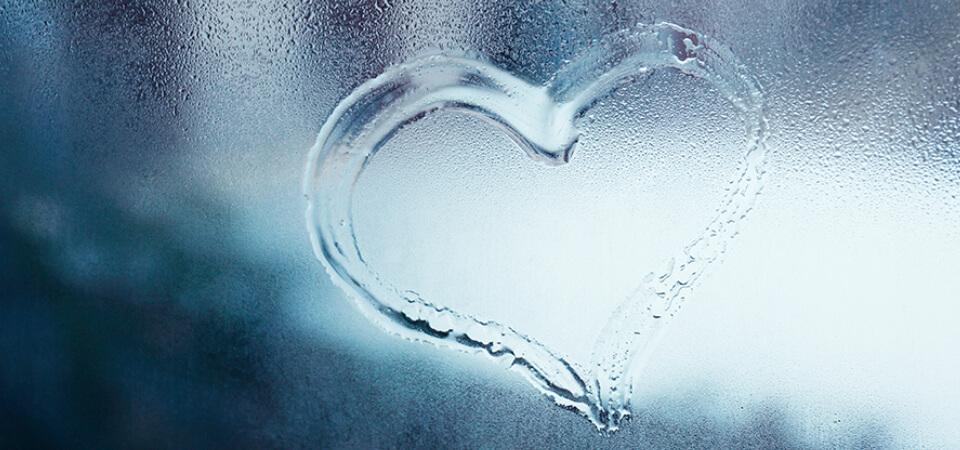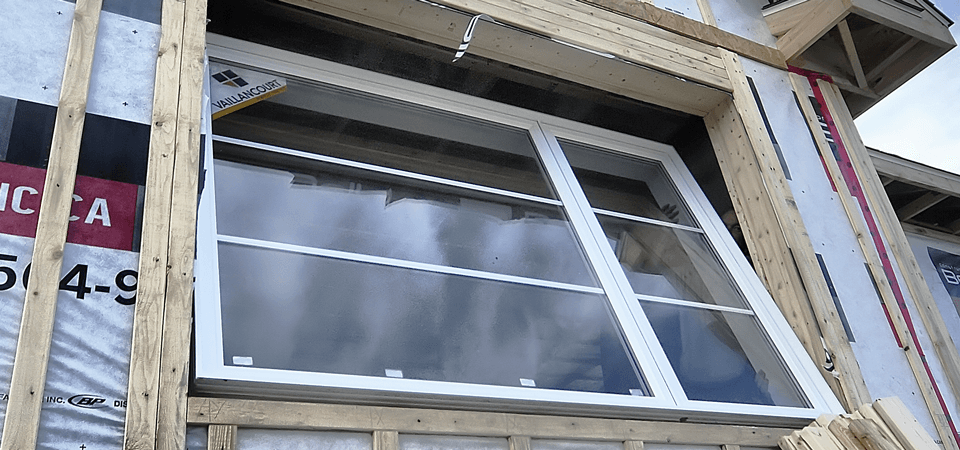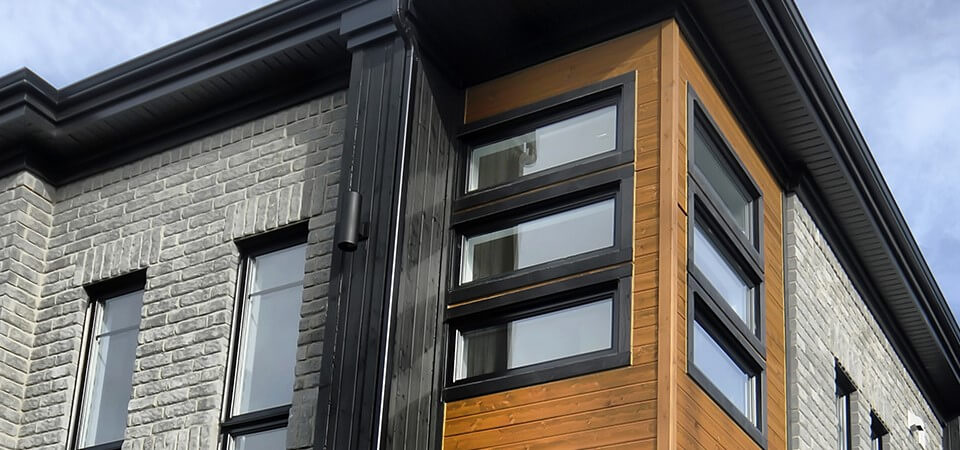The nights are now cooler, so you may see condensation appear on your windows (and patio doors). Don’t worry; it’s not because your windows weren’t properly installed or aren’t performing well. Here’s why this phenomenon is common at this time of year.
Condensation happens when water vapour transitions to solid or liquid form. When the temperature of your windows is lower than that of the humid ambient air, condensation appears on the glass. The same thing happens on a cold water bottle surface on a hot day. In other words, even if you buy high performance windows and they’re installed according to the norms, the same phenomenon will occur if there is a large gap between temperatures. This is usually the case in the fall and spring when temperature and humidity levels can change dramatically.
Why does condensation not appear on older windows?
Condensation doesn’t happen on older windows because they’ve become much less waterproof and insulated over time. The heat produced inside your home warms the window surface and the temperature gap between the ambient air and the window is too low to create condensation. It’s thus easier for outside heat and humid air to enter your home.
So, it’s nothing to worry about?
That’s right, there’s no need to worry if you see condensation on the outside of your windows. On the contrary, it proves that your windows are well insulated: the heat produced inside your home isn’t escaping through the glass.
How to ensure good insulation?
There are many options, such as the double— or triple-glazed models offered by some manufacturers such as Vaillancourt Portes et Fenêtres, that can significantly increase the energy performance of your windows.
For more information, read our article 6 things you need to know about the energy performance of windows.
Do you have other questions? Contact us or visit your nearest retailer.





